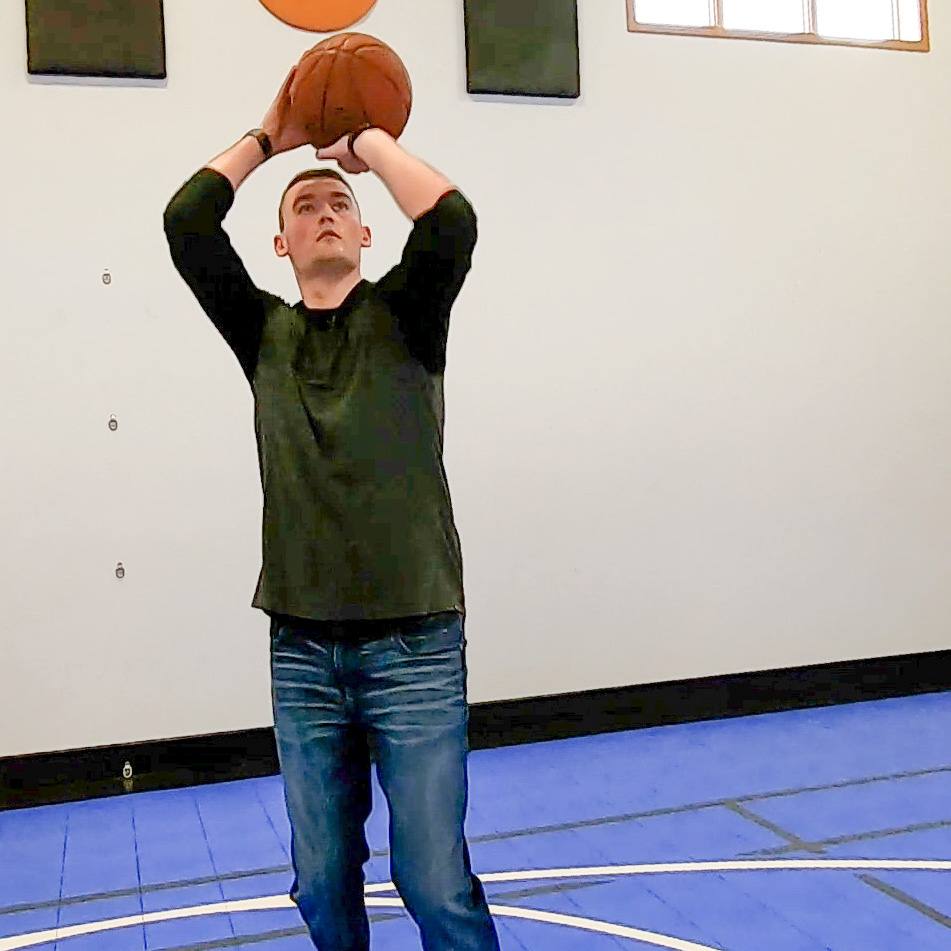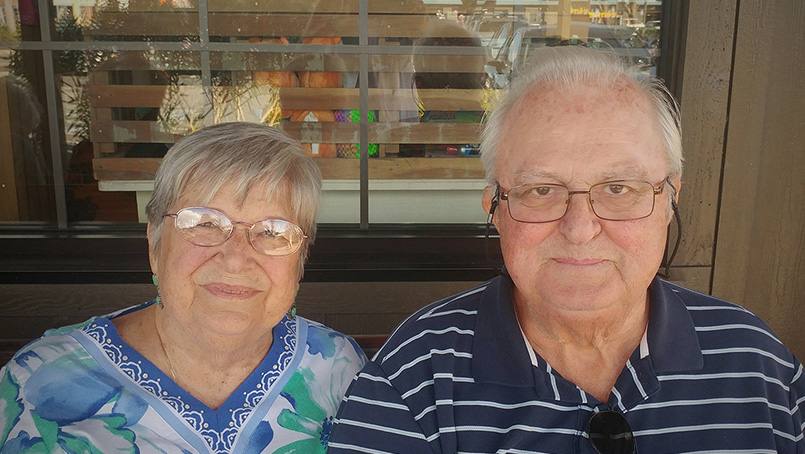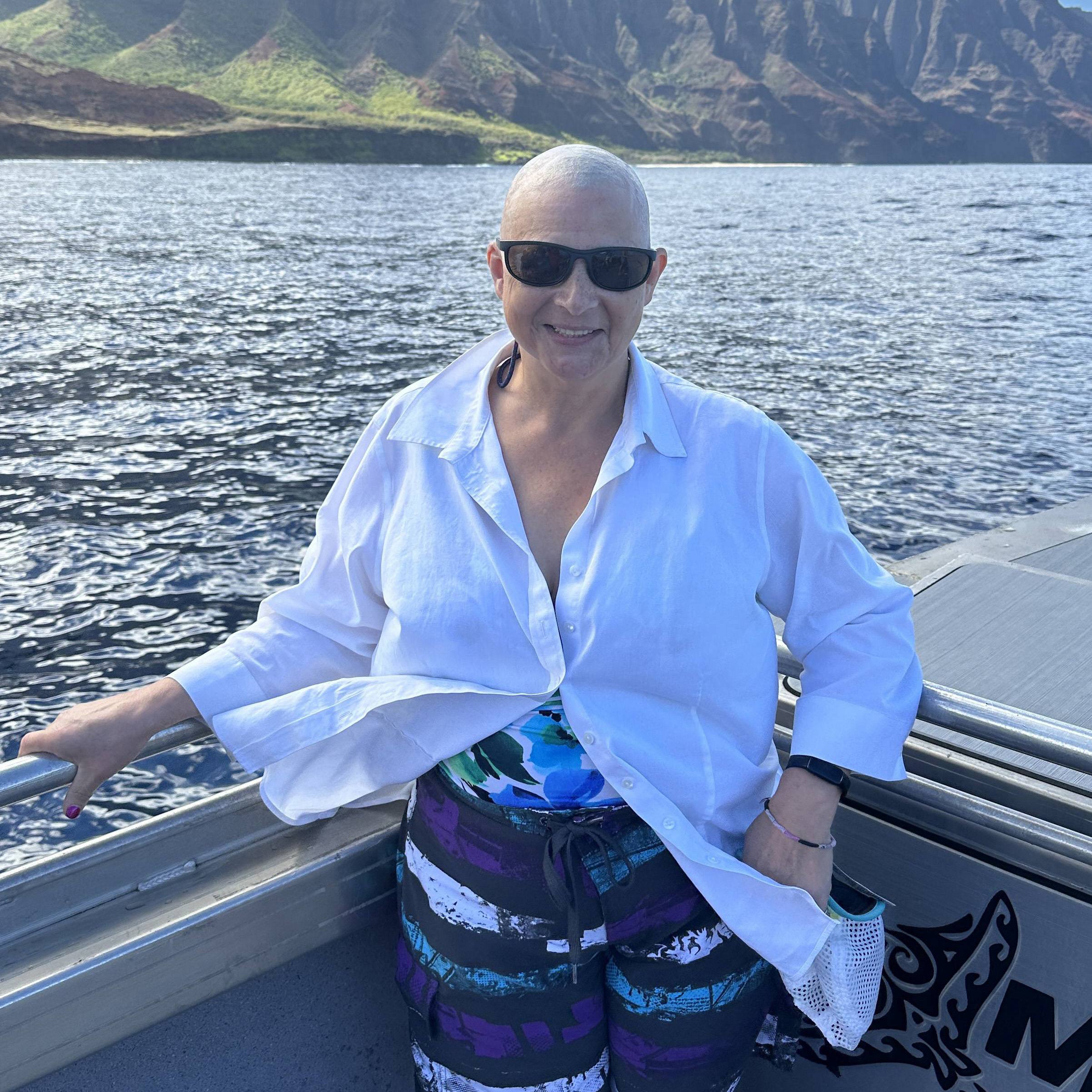Barry Connell couldn’t be happier to have his wife of 53 years, Maureen, back.
Though the couple spent 16 years traveling cross-country after Barry retired as president of a manufacturing company in Connecticut, nothing prepared them for the difficult journey they would embark on when Maureen’s health began to decline rapidly in 2015.
For the first five months of that year, The Villages, Florida, resident noticed his normally lively wife wasn’t as alert as she used to be. She was also much slower to respond to situations. Then, on Mother’s Day, Maureen collapsed in the bathroom of the restaurant where their family was celebrating.
That incident led to months of debilitating symptoms for Maureen, along with a series of ineffective treatments. No one could explain what was happening to her. In desperation, the Connells turned to Mayo Clinic, where they were able to finally find the source of Maureen’s problem — hydrocephalus, a buildup of fluid in the brain.
“After struggling with this for three months, we got a preliminary diagnosis less than 24 hours after arriving at Mayo,” Barry says.
Hunting for an explanation
After she collapsed on Mother’s Day, Maureen was taken to the emergency room at a local hospital. She was diagnosed with transverse myelitis, an inflammation of the nerves in the spinal column.
“Maureen was unable to walk. She couldn’t go from her bed to the wheelchair without assistance,” Barry says. “Basically, she was bedridden.”
After a four-day hospital stay, Maureen spent three weeks at a nursing home where she continued to have mobility problems. After that, she went to a rehabilitation facility. She participated in three hours of physical therapy a day for 45 days without any significant progress.
“I felt that there was a disconnect between her head and her legs,” says Barry, whose numerous requests for a neurology consult were declined.
“After struggling with this for three months, we got a preliminary diagnosis less than 24 hours after arriving at Mayo.” — Barry Connell
After she was released from the rehabilitation center, Maureen still was unable to stand. Barry tried to get her readmitted to the hospital through the emergency room, but that was denied.
The Connells went home and brought in an occupational therapist from home health care to help Maureen. That was also unsuccessful. After a week, Maureen ended up back at the local emergency room. While she was there, the neurologist who had diagnosed her with transverse myelitis did a spinal tap and an MRI. Those tests didn’t reveal anything new.
Discovering the cause
Feeling frustrated and hopeless, Barry remembered that one of the physical therapists who worked with Maureen had suggested she go to Mayo Clinic. So Barry got on the phone. The following day, on July 31, 2015, Maureen was transported to Mayo Clinic’s Florida campus by ambulance.
That same day, a multidisciplinary team of doctors, including neurosurgeon Betty Kim, M.D., Ph.D., told Barry they suspected Maureen had hydrocephalus — a buildup of fluid in the cavities deep within the brain. The condition puts pressure on the brain and impairs its function. The doctors explained they would need to run additional tests to confirm the diagnosis.
Those tests verified that Maureen had hydrocephalus. Although hydrocephalus can occur at any age, it's more common among infants and older adults. The symptoms vary by age, but in adults 60 and older, they often include many of those that Maureen had been battling: progressive loss of thinking and reasoning skills, memory loss, poor coordination or balance, and difficulty walking.
To relieve her symptoms, Maureen would need a shunt put in her head to drain the fluid from her brain. The drainage system consists of a long flexible tube with a valve that keeps fluid from the brain flowing in the right direction. It also allows the excess cerebrospinal fluid to be absorbed by another part of the body. The shunt was placed on Aug. 5, 2015. After the three-hour surgery, Maureen’s condition improved significantly.
“I was able to have a conversation with her, and she was mentally much brighter than I had seen for the last year,” Barry says. “Dr. Kim told us if we hadn’t been able to put this shunt in and correct the problem, Maureen would be in a nursing home for the rest of her life.”
Returning to what she enjoys
After a couple of weeks of intense physical therapy, Maureen could walk with a cane. Today she is almost as active as she was before she started showing symptoms of hydrocephalus.
Maureen will need the shunt system and regular monitoring for the rest of her life. But with it, she’ll be able to return to doing what she enjoys, including spending time with her three sons and two grandchildren.
“I am very grateful. I’m so glad we went to Mayo,” Maureen says. “I’d go there again for any problem.”
“I am impressed with the care at Mayo. Working in teams is a fantastic approach to diagnosing,” Barry says. “I have nothing but the highest respect for Mayo Clinic.”
HELPFUL LINKS
- Learn more about hydrocephalus.
- Read about Mayo Clinic’s Department of Neurosurgery.
- Explore Mayo Clinic’s Florida campus.
- Request an appointment.
Related Articles








